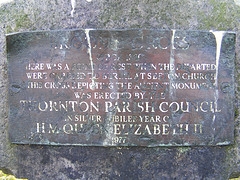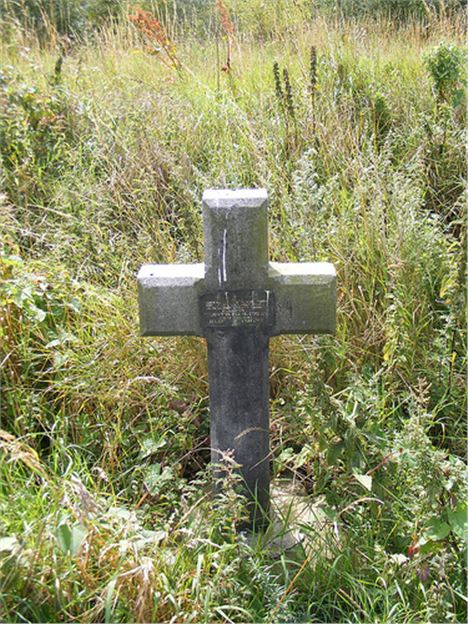The proposed Thornton to Switch Island Link road has taken a major step forward after vital legal notices were issued for the scheme.
Sefton Council has now published a Side Roads Order and Compulsory Purchase Order for the much-anticipated bypass.
This follows a lengthy process to resolve legal and technical issues involving sections of land along the proposed link road route.
Notices have now been sent to individuals potentially affected by the scheme, published in the local press and posted on site. People have until August 31 to respond to the Department for Transport about the orders.
The council has also announced that the new road will be called the A5758 Broom's Cross Road.
Broom's Cross is the site of a medieval wayside cross near Thornton. Although only the base stone of the original cross still exists, it remains a Scheduled Monument and is the most important historic site in the vicinity of the new link road.
The site will not be affected by the construction project.
Cllr Peter Dowd, leader of Sefton Council, said: "Getting to this stage has proved difficult and complex, but it is a major step forward for the project to get the orders published.
"I hope people will continue to support the council and the link road team with their efforts to turn the plans into reality."
Cllr John Fairclough, Sefton Council's Cabinet Member for Transportation, said: "It is important in planning and building for the future that we respect and acknowledge our history and the choice of Broom's Cross Road as the name for the new link road does just that.
"The new link road will make a big difference for local communities and also benefit the wider economy of Sefton by improving access to the motorway network."
Broom's Cross Road - What Happens Next?
 Brooms Cross
Brooms Cross
The Side Roads Order (SRO) will provide Sefton Council with the necessary legal powers to connect the bypass into the existing highway network and make necessary changes to footpaths and private means of access.
The Compulsory Purchase Order (CPO) will give the council the necessary legal powers to acquire the land needed for the road although it is hoped that the land can still be acquired by agreement. No homes need to be demolished to build the bypass and the council already owns much of the land along the proposed route.
There is a six-week period until August 31 for people to respond to the orders. Responses must be sent to the Department for Transport's National Casework Team based in Newcastle and not to the council. Depending on the responses to the orders, the Secretary of State for Transport will then decide whether to confirm the orders or to call a public inquiry.
Civil engineering contractors Balfour Beatty and their designers Jacobs have almost completed the detailed design of the road, which will then be used to prepare a more detailed estimate of the cost of construction.
Construction would only begin once the necessary legal powers and land acquisition have been completed.
The future timing of the scheme depends on whether a public inquiry is called for either the CPO or the SRO. If an inquiry is needed, it would probably take place early in 2013 and, if successful, work could start on the scheme by the end of 2013.
Once underway, construction of the road is expected to last approximately 12 months.














